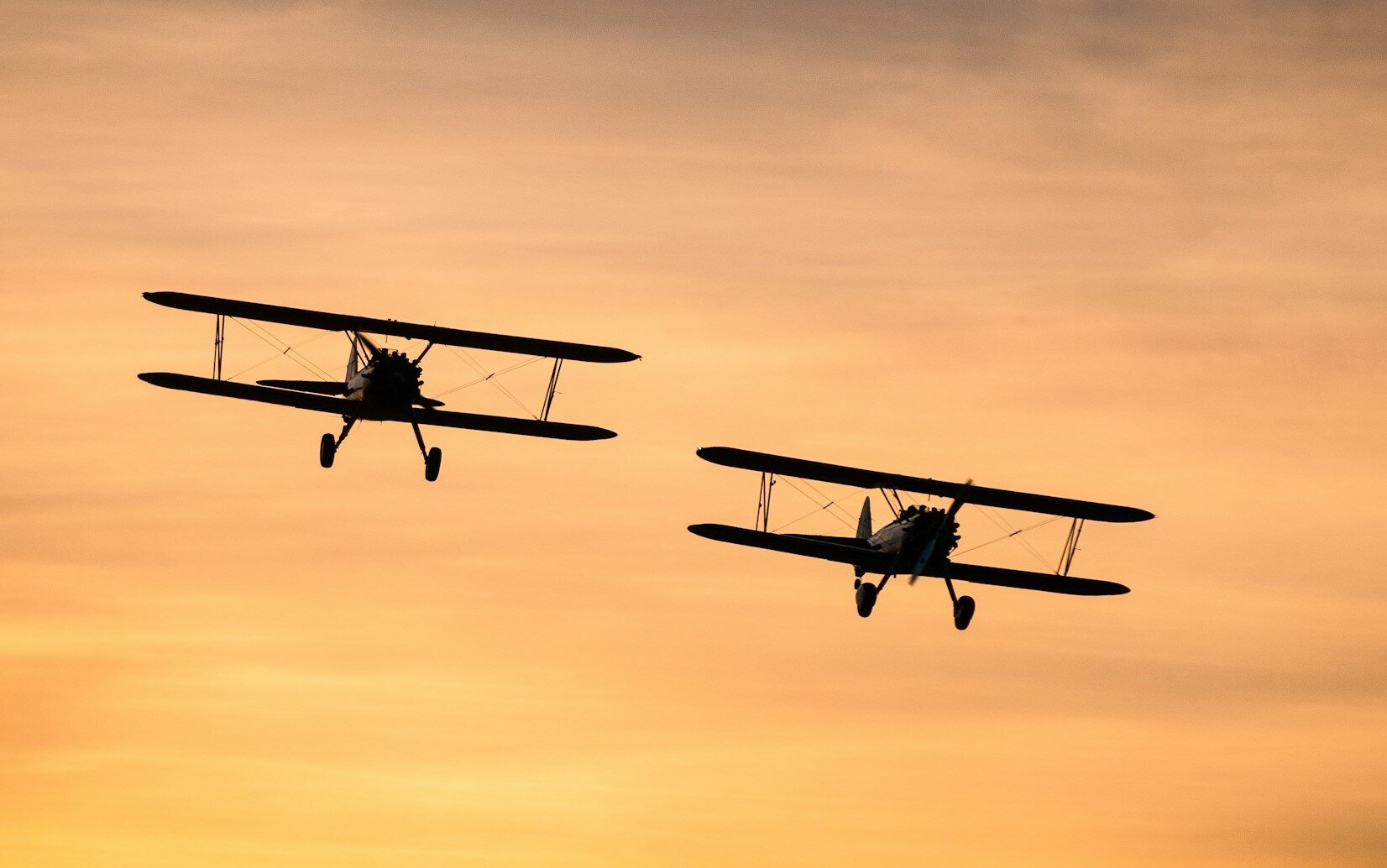Ever had questions about how planes fly? The science underlying flight is rather remarkable. It compiles several disciplines, including computer science, physics, and even engineering. These several components cooperate to produce not only strong but also safe and efficient aircraft. Every element counts, from the sophisticated wing designs to the modern technologies applied in flight controls.
From the early experiments of pioneers like the Wright brothers to the advanced jet engines and autonomous drones of today, aviation continues to amaze and inspire. These facts show how much it has progressed over time, how our travel has evolved, and even how environmentally beneficial flying is now.

What is Aviation Science?
Aviation science is the multidisciplinary study of flight and the technologies and systems that make aviation possible. It encompasses the principles of physics, engineering, meteorology, and aerodynamics, all of which contribute to the design, operation, and maintenance of aircraft and the aviation industry.
This field delves into the mechanics of flight, aircraft design, propulsion systems, navigation, and the environmental factors that affect aviation. Whether it’s understanding how planes lift off the ground, developing fuel-efficient engines, or navigating complex air traffic systems, aviation science plays a central role in modern air travel.
Birds Inspire Aviation Design
Have you ever wondered why airplanes have such unique shapes? A lot of the inspiration comes from birds! This concept, known as biomimicry, involves studying nature’s designs to solve human challenges. By observing how birds’ wings are shaped and how they move, engineers have developed better airplanes.
Birds can adjust their wing shapes mid-flight, giving them precise control. This idea has influenced the creation of flexible airplane wings that can adapt during flight for improved performance. Additionally, the way birds use their feathers to manage airflow and reduce drag has inspired innovations in designing more fuel-efficient aircraft.
So, the next time you spot a plane soaring through the sky, remember its fascinating connection to the avian world!
Aviation Mechanics: The Role of Physics
Ever heard of lift and thrust? These two forces are essential to how airplanes take to the skies. Lift is what pulls the plane upward, while thrust propels it forward. But how exactly do these forces work?
It all starts with the wings. Their unique design allows them to cut through the air in a way that creates a pressure difference-low-pressure forms above the wing and high pressure below. This difference generates lift, lifting the plane off the ground.
Next, the engines step in to provide thrust. By burning fuel, engines produce powerful jets of air or gas that are expelled backward, propelling the plane forward.
Together, these forces—lift and thrust – are the dynamic duo that makes flight possible!
Safety First: Redundant Systems
When it comes to flying, safety takes the front seat. The good news is that planes are built with a lot of backup systems to keep them secure. Imagine if one part stops working, another is standing by to take over. That’s how aviation safety works! Let’s take a look at the pilot’s control over flight paths. If this main control gives out, a secondary system named ‘fly-by-wire’ allows pilots to steer the plane still. It uses computer controls as a backup. Furthermore, there are additional tools and equipment like the DC-PRO-X2 that further enhance pilot communication and focus during flights, adding another layer of safety. Another cool example is engine safety; some planes have multiple engines. Even if one fails, the plane can still fly safely. These extra precautions help us trust flying high in the sky! Read more on Keeping the Skies Safe: The Role of Airplane Upkeep.
The Amazing World of Air Traffic Control
Have you ever considered who watches to ensure that aircraft don’t collide with one another in the sky? That’s right, it’s Air Traffic Control (ATC). The ATC plays a big part in making flying safe and organized. They’ve got their eyes on every plane’s location using radars and high-tech tools. ATC gives instructions to pilots about when they should take off, land, or change their route – all this helps prevent any mid-air collisions! It’s not just planes on the move; ATC also makes sure grounded planes are spaced out properly at airports so that there’s no chaos during take-off and landing times. Thanks to ATC, flying becomes much safer and less chaotic!

Going Greener: Eco-Friendly Aviation Innovations
Like many other industries, aviation is striving to go green. Recognizing its responsibility to protect the planet, the industry is actively working to reduce carbon emissions. One significant step in this direction is the development of alternative fuels, such as biofuels made from plants or waste products. These fuels can power airplanes while minimizing additional CO2 emissions.
Another exciting innovation is the exploration of electric planes. These aircraft are quiet and eco-friendly, though advancements in battery technology are still needed before they can achieve long-distance or high-altitude flights. Enhancements in airplane design, such as improved aerodynamics and lighter materials, are also helping to lower fuel consumption.
Aviation is clearly focused on building a more sustainable future—and that’s something to celebrate!
Conclusion
Aviation science is an intriguing combination of practicality, creativity, and invention. From drawing inspiration from birds to utilizing advanced physics, safety devices, and the incredible coordination of Air Traffic Control, each component is critical in enabling modern flight. Furthermore, the airline industry’s commitment to ecologically friendly technologies indicate a promising future for sustainable travel. These stunning facts demonstrate the advances that aviation has achieved as well as its enormous future potential. The next time you fly, you may marvel at the complicated science that allows for safe, rapid, and ever-changing air travel.